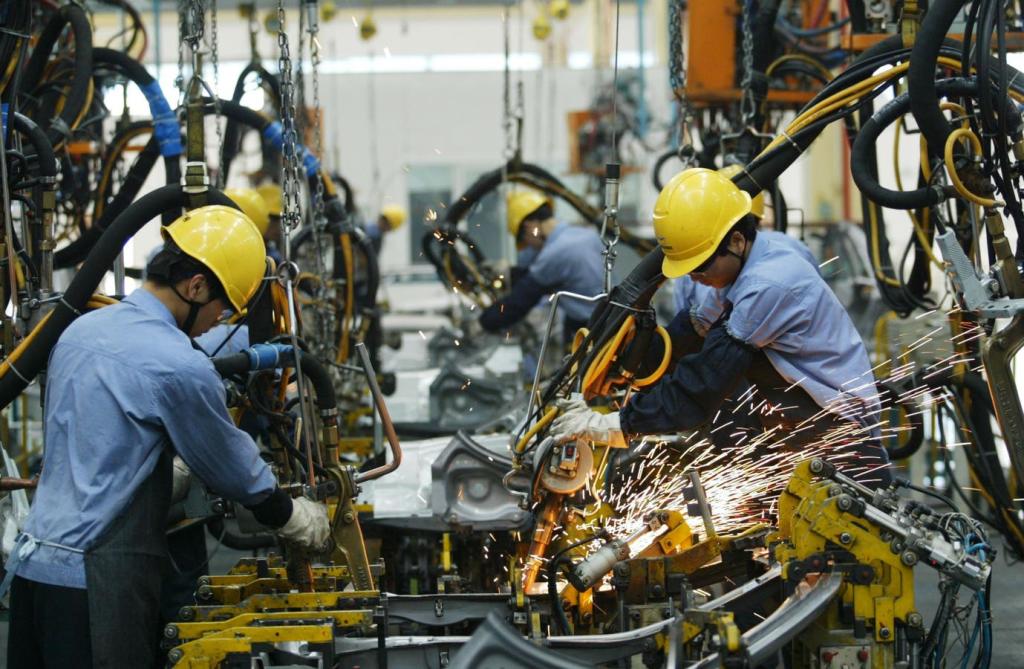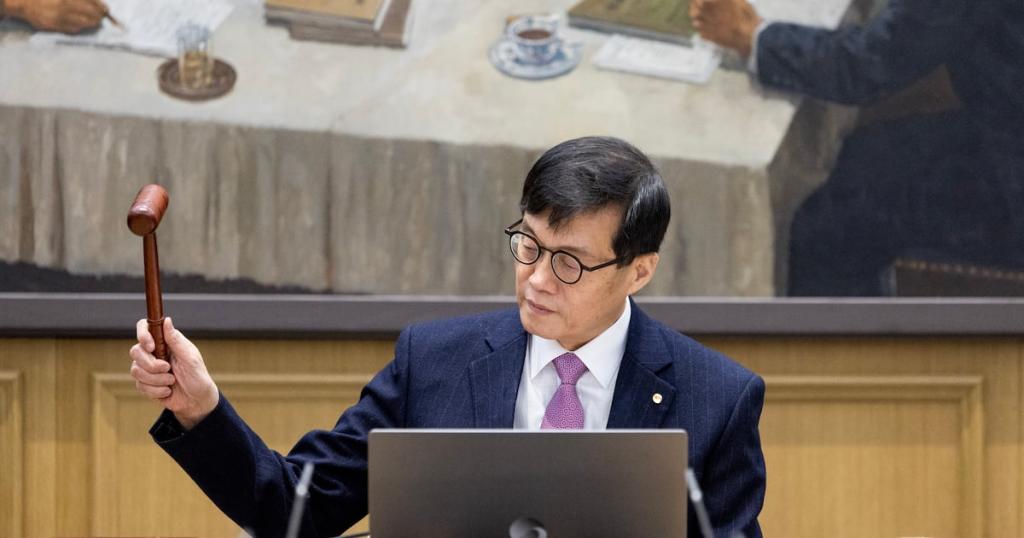Ukraine Ends Russian Gas Transit Impacting Europe's Energy Future
Discover how Ukraine's halt of Russian gas transit reshapes Europe's energy landscape and fuels the shift toward alternative energy sources this winter.
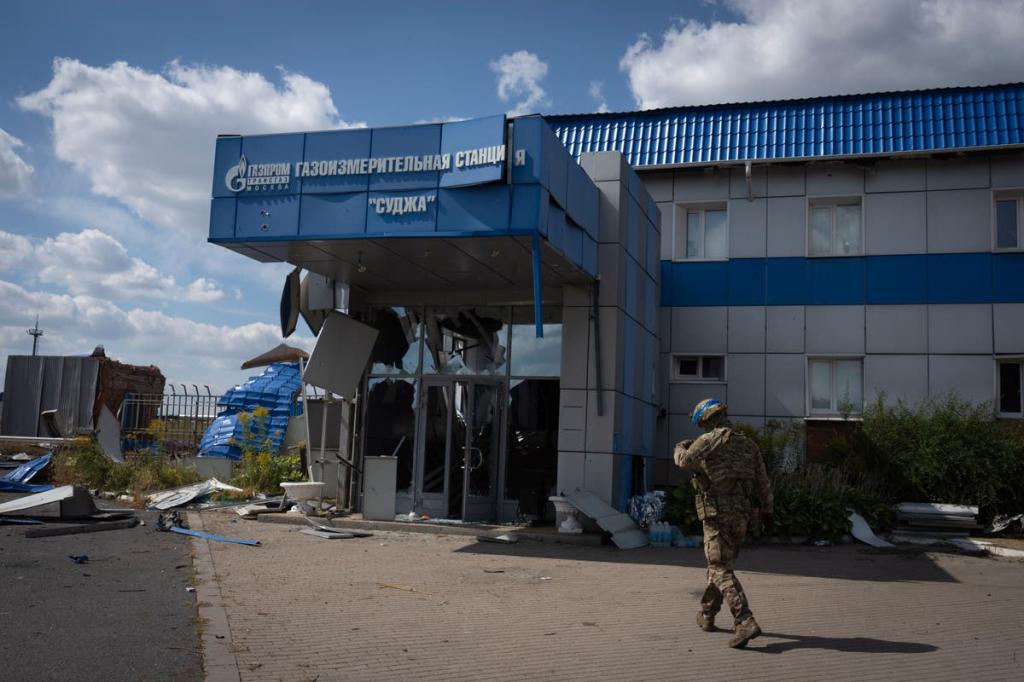
Key Points
- Ukraine's decision to halt Russian gas transit aims to deprive Russia of vital revenue, significantly impacting energy supplies in Eastern Europe.
- This shift has triggered energy shortages and rising prices in countries like Moldova
and Slovakia, heightening the risk of a humanitarian crisis.
- Europe is accelerating its transition to alternative energy sources, including increased imports of LNG from the U.S. and integration of energy grids among member states.
The cessation of Russian gas transit through Ukraine marks a pivotal moment in European energy dynamics. As geopolitical tensions in Eastern Europe escalate, Ukraine's decision to halt deliveries has sent shockwaves across the continent. This strategic maneuver, while aimed at crippling Russia's financial support for its ongoing war, poses significant challenges for several Eastern European nations, particularly amid the impending winter months. Understanding the implications of this shift is crucial for comprehending the current energy landscape in Europe.
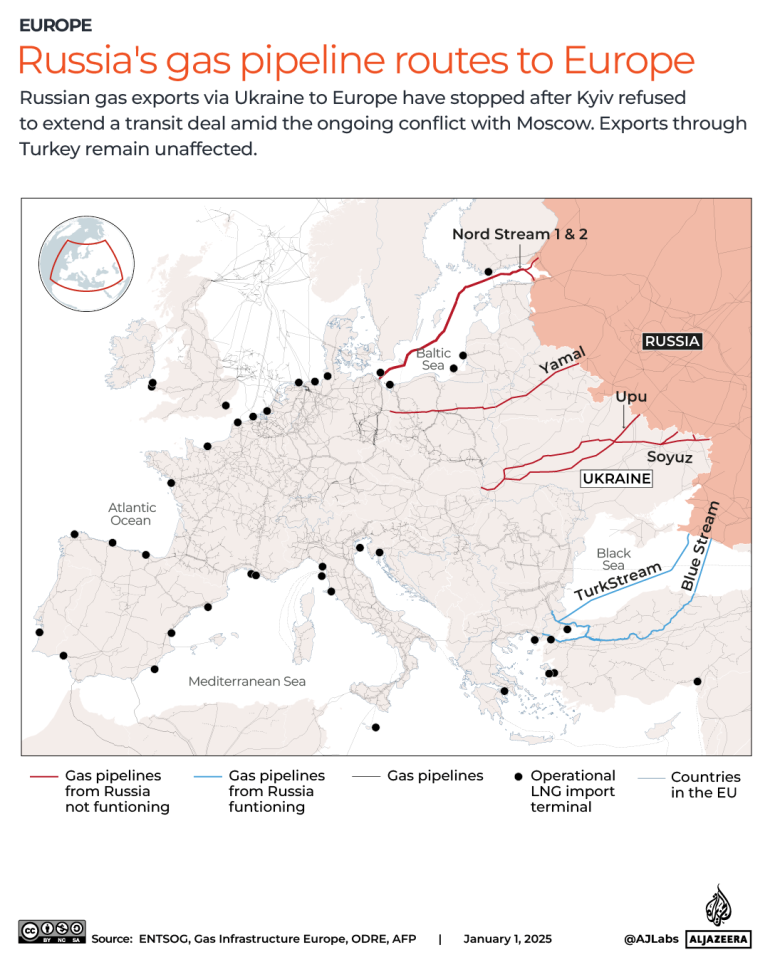
A Shift in Energy Supply Dynamics
As of January 1, 2025, Russian gas has ceased to traverse Ukraine's pipeline network, a contract that has existed in various forms since the Soviet era. This significant policy change comes after Ukraine's refusal to renew a five-year transit agreement with Russian energy giant
. By not extending this agreement, Ukraine aims to deny Russia upwards of $5 billion annually, which could bolster its military efforts in the ongoing war.
The decision represents a broader commitment by Europe to diminish its reliance on Russian gas—a strategic objective that has accelerated since the onset of the conflict in 2022. Prior to the hostilities, Russia supplied approximately 35% of Europe’s natural gas imports, a figure that has plummeted to under 10% following the war.
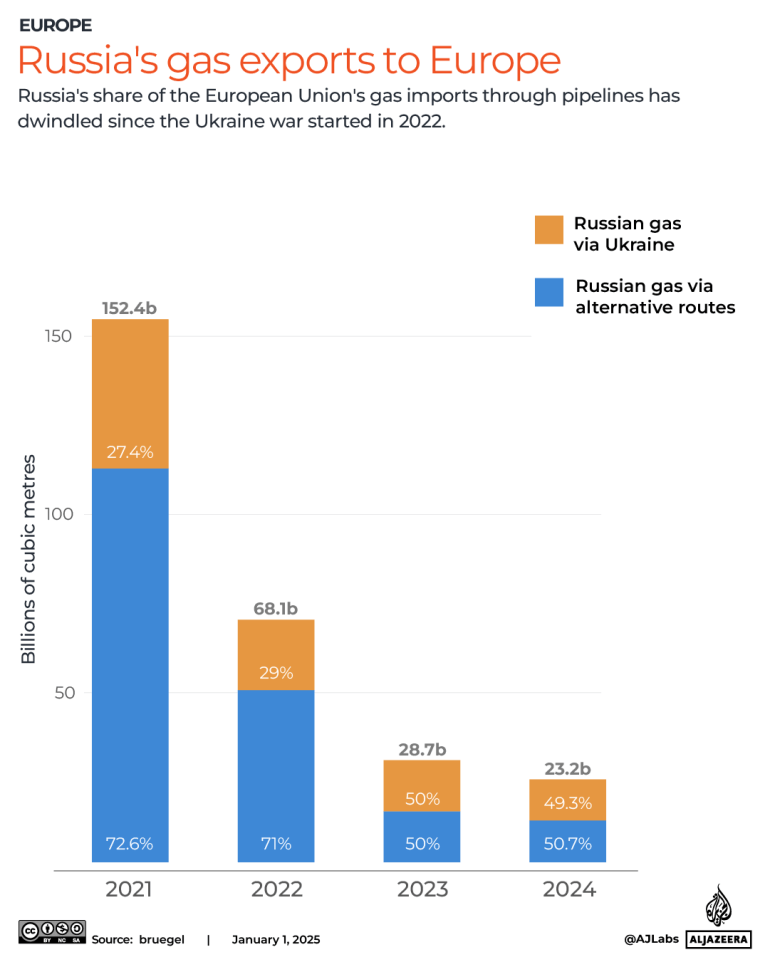
Immediate Consequences for Europe
For many Eastern European countries, particularly Moldova, this transition has immediate repercussions. Moldova has declared a state of emergency, grappling with the hardship of losing access to around 2 billion cubic meters of gas annually—which was predominantly used to supply its breakaway region,
. Transnistria's abrupt loss of heating and hot water is a stark reminder of how dependent these regions were on Russian energy supplies.
Slovakia, which previously sourced approximately two-thirds of its natural gas through Ukraine, faces rising energy prices and potential shortages. Prime Minister
has criticized the Ukrainian decision, predicting costly consequences for his country and others in the region as they scramble for alternative sources.
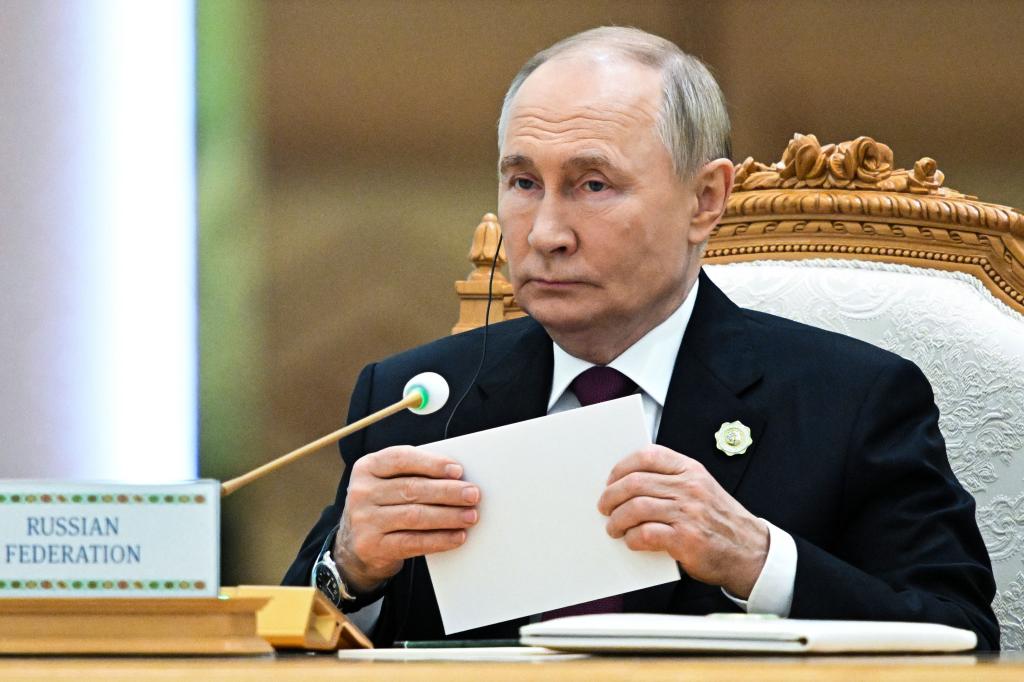
Wider Economic Repercussions
The ramifications of this gas transit halt extend beyond immediate energy shortages. As energy prices soar in response to reduced supply, European industries are likely to experience diminished competitiveness compared to non-European markets, such as the U.S. and China. Industry analysts estimate that this shift could lead to a steep inflation rise and further exacerbate the ongoing cost-of-living crisis in the region.
Ukraine's decision also reflects a strategic pivot towards other suppliers, exemplified by its recent importation of liquefied natural gas (LNG) from the United States. This move not only signifies a shift away from Russian supplies but also underscores the resilience and adaptability of European energy strategies.
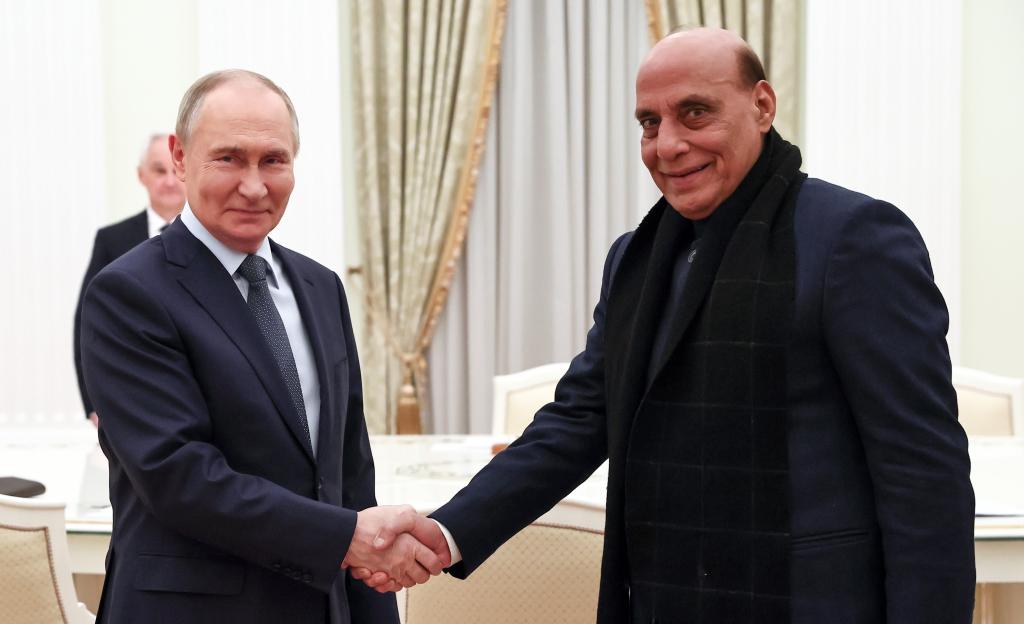
What Lies Ahead?
The future of European energy seems to be developing rapidly, with a marked shift toward diversification. European countries are ramping up imports from alternative sources—Norway, Qatar, and the United States—while strengthening their own energy infrastructures to minimize reliance on Russia.
Moreover, the
is actively working on enhancing the energy grid integration among member states to improve the overall resilience against supply disruptions. This integration is crucial for ensuring energy security during the upcoming winter months, which are predicted to be particularly challenging.
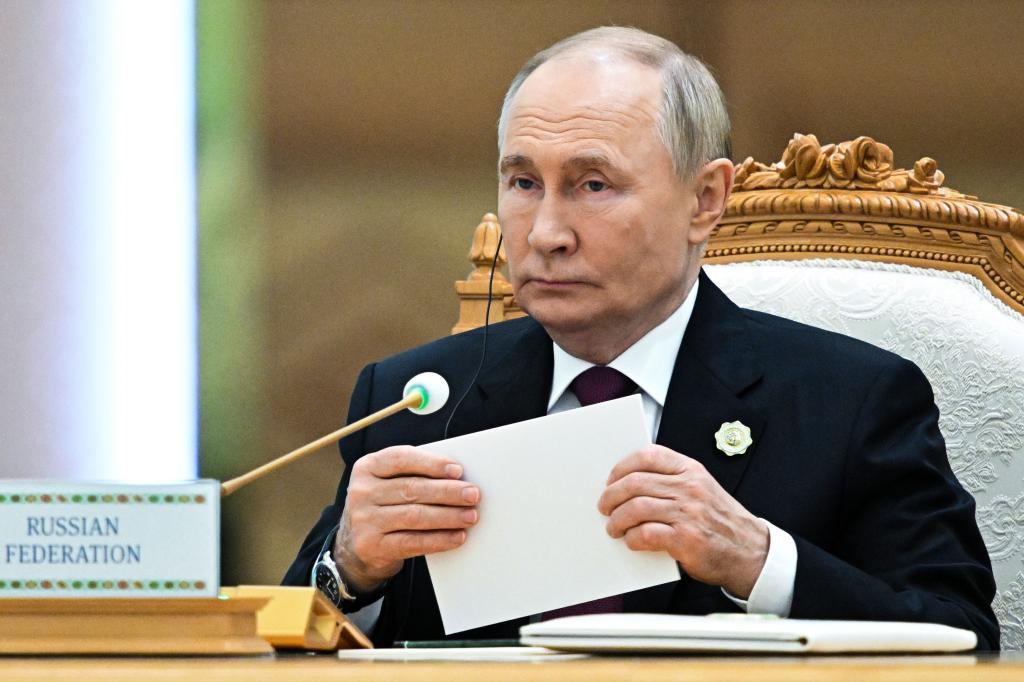
In summary, the cessation of Russian gas transit through Ukraine marks a significant turning point in Europe’s energy landscape. While the immediate consequences of this decision are challenging, particularly for Eastern European nations like Moldova and Slovakia, it also serves as a catalyst for long-term changes in energy sourcing and security. As Europe continues to navigate these turbulent waters, the lesson learned is the importance of strategic energy independence and resilience in the face of geopolitical uncertainties.

